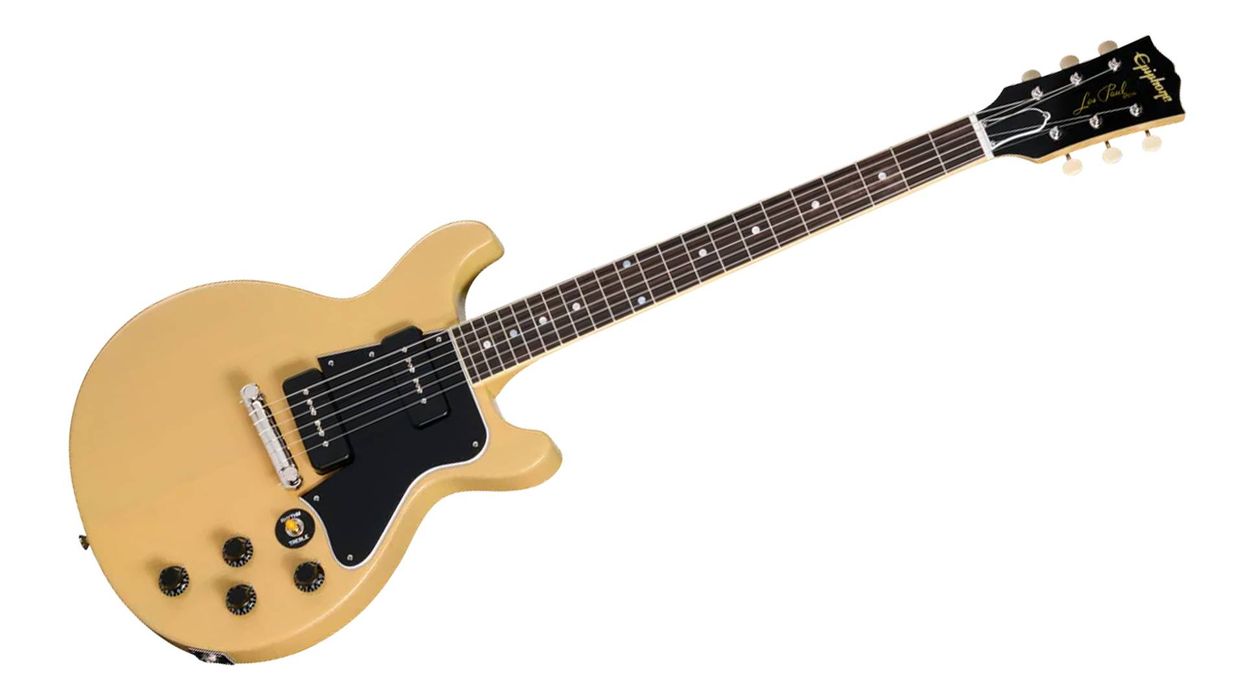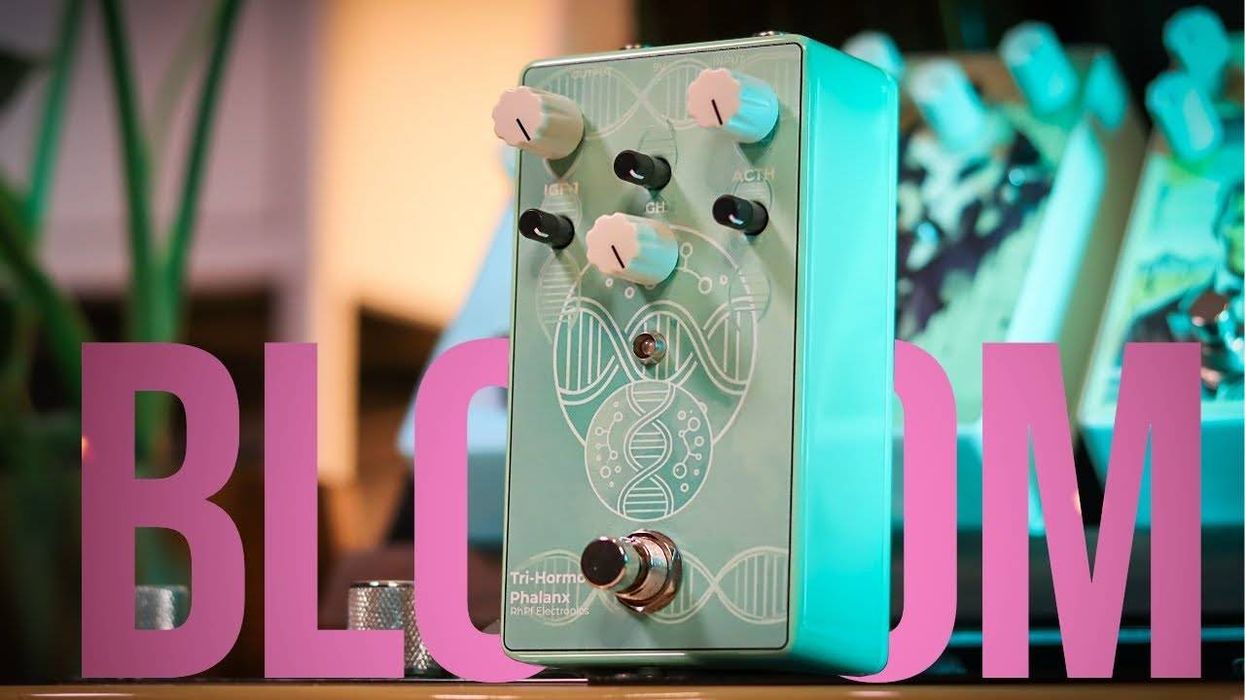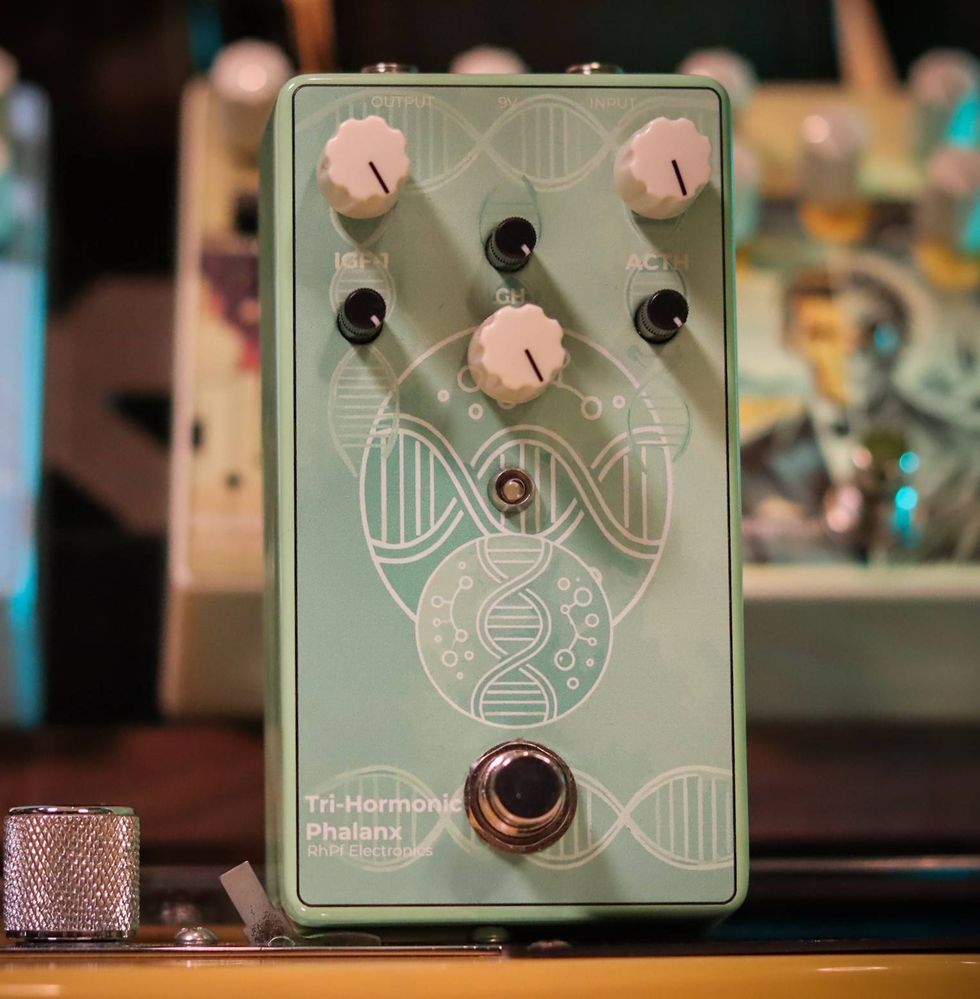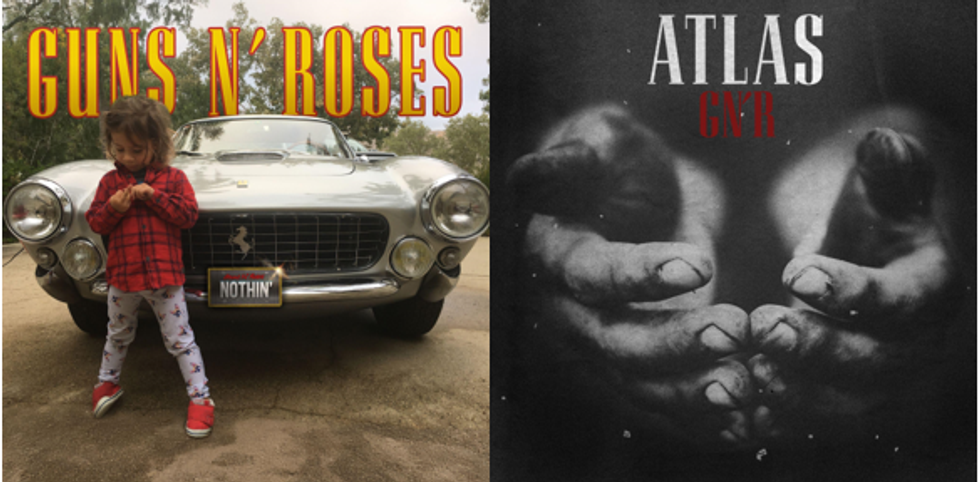I would like to welcome you all to the first installment of The Low End. This column will deal with all aspects of gear and ownership, the vintage bass market and trends, and the folks who live, love and breathe vintage gear. The objective of this column is to entertain, enlighten, enrich and educate on all aspects of vintage bass.
So let’s go to the question that is the foundation of this column: what constitutes a vintage bass? Is it age? Is it value? Is it rarity? Age is definitely the major factor – value has no bearing, nor does rarity. You could buy a one-off bass from a builder or manufacturer that is not a vintage bass – rare yes, vintage no. Value is, again, not in the equation, as there are vintage basses in all price points.
So age is the major factor; however, there is an aspect that cannot be placed into any category. That is, how does it make you feel? Do you feel the mojo? Does the bass speak to you? Putting an absolute date on when a bass is considered vintage is difficult and not exact. My rule of thumb is 1982 and earlier – that’s not a scientific number by any means, just 25 years or older. The other reason I chose this year is because this is when Fender came out with the reissue series.
In my opinion there are multiple levels of vintage basses. The top tier are Fender and Gibson basses made from 1951 through mid-1966. I honestly do not think there was a bad model of vintage bass produced in that era. You had the Precision bass, Jazz bass, Bass VI, EB/EB1 violin bass, EB2 hollowbody, the EB0/3 SG series and my all-time favorite, the Reverse Thunderbird. To me the “Golden Age” of Fender ended with the dots and bound 1966 Jazz bass and Gibson ended with the change over to the Non-Reverse Thunderbird. The third manufacturer in the top tier was Rickenbacker. The 4000/4001/4005 of the late 1950s through 1972 are probably the most significant basses of all time. This bass made the bass player a rock star.
The next tier is what I could classify as terrific stuff but not a must-have in the most robust collection. The serious collection would have tier one items with a smattering of tier two items mixed in. The tier two basses are essentially great pieces to have, play and love – this includes Fender basses from mid-1966 to the end of the four bolt era, Gibson and now their Epiphone counterparts from mid-1966 to 1971, Ricks from 1973 through 1977 and items like Hofners and other lower volume manufacturers. The big basses to keep an eye out for in that group are Non-Reverse Thunderbirds, Epiphone Embassies, EB2Ds and two pickup Rivolis – these are absolute to die for basses and are still somewhat in reach. Lastly you have 1974-1982 Fenders, 1971 through 1982 Gibsons and Ricky 4001 basses. Over the course of these columns, these items and tier groups will be heavily discussed. In the third tier, we will also look at smaller manufacturers such as Travis Bean, Kramer, and other interesting items.
The one question that is always asked of me is why a vintage bass is better then a new bass. The answer is that in certain aspects a vintage model is not better then a new bass, but in other aspects they are. Quality control, fit and finish, hardware and the like are better today. The 1970s was the decade that quality control forgot in most American manufacturing. I own a ‘74 Jazz Bass that I bought brand new and saw come out of the box. The gap between the side of the neck and body could hold a Kennedy half-dollar. You would not see that today and this would not be tolerated.
However, you cannot measure the feel, the tone or the voice of the instrument. An old bass just speaks to you – it feels right. Most everything today is machine-based; back in the day, machines did the hard work and the human hand did the finish work. My main bass is a ‘58 gold guard Precision. You could pick up five different ‘58 P Basses and all five will feel similar yet different. Today’s ‘57 Reissues all feel the same. Each old bass has a persona, whether it is a $25K stack-knob Jazz or a $200 Tiesco.
With all that being said, I am looking forward to talking basses with you each month. Thanks for stopping by, and don’t forget the cannolis!
Kevin Borden
Kevin Borden has been a bass player since 1975, and is currently President of Goodguysguitars.com.
Feel free to call him KeBo.
He can be reached at Kebobass@yahoo.com















